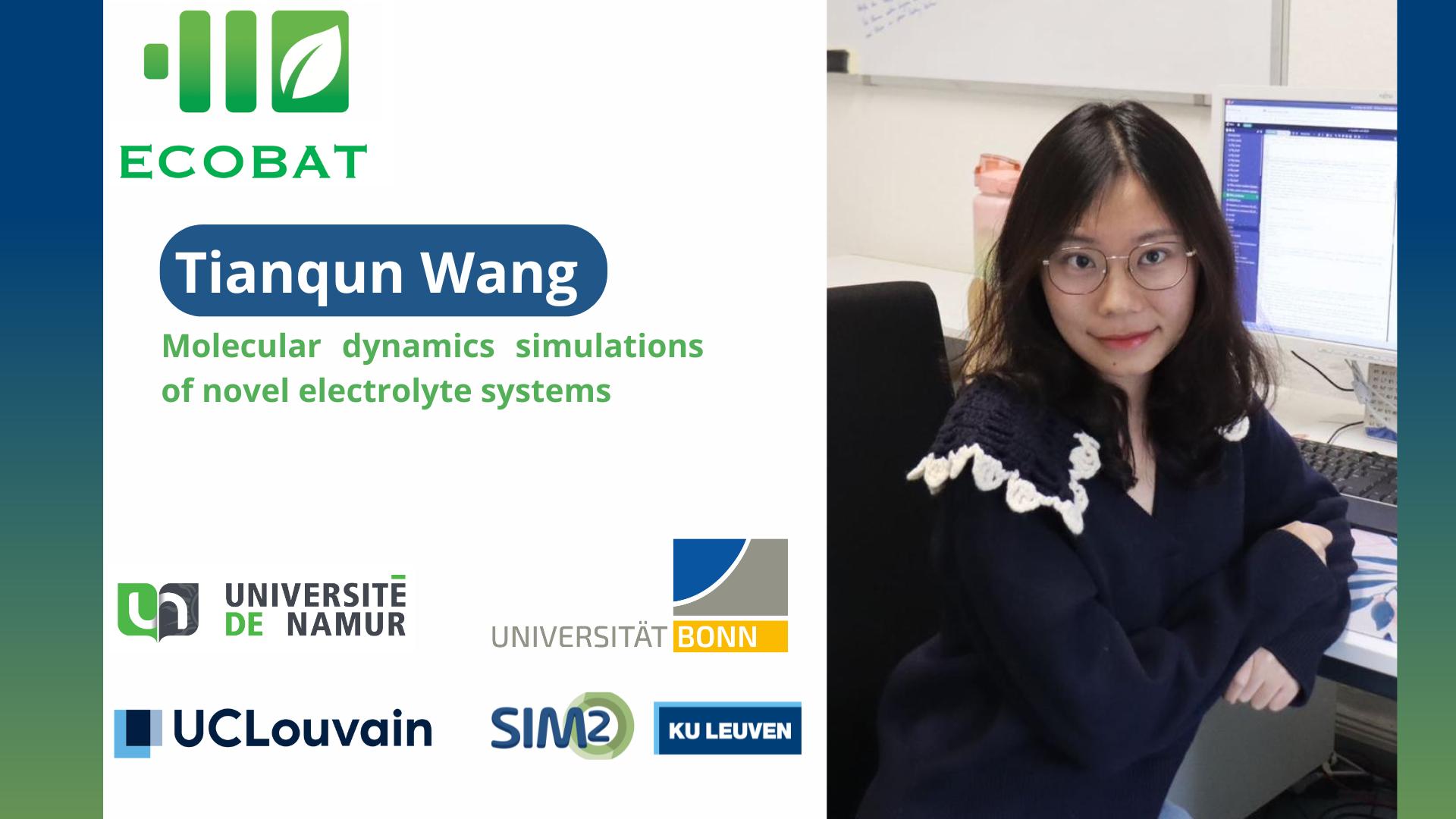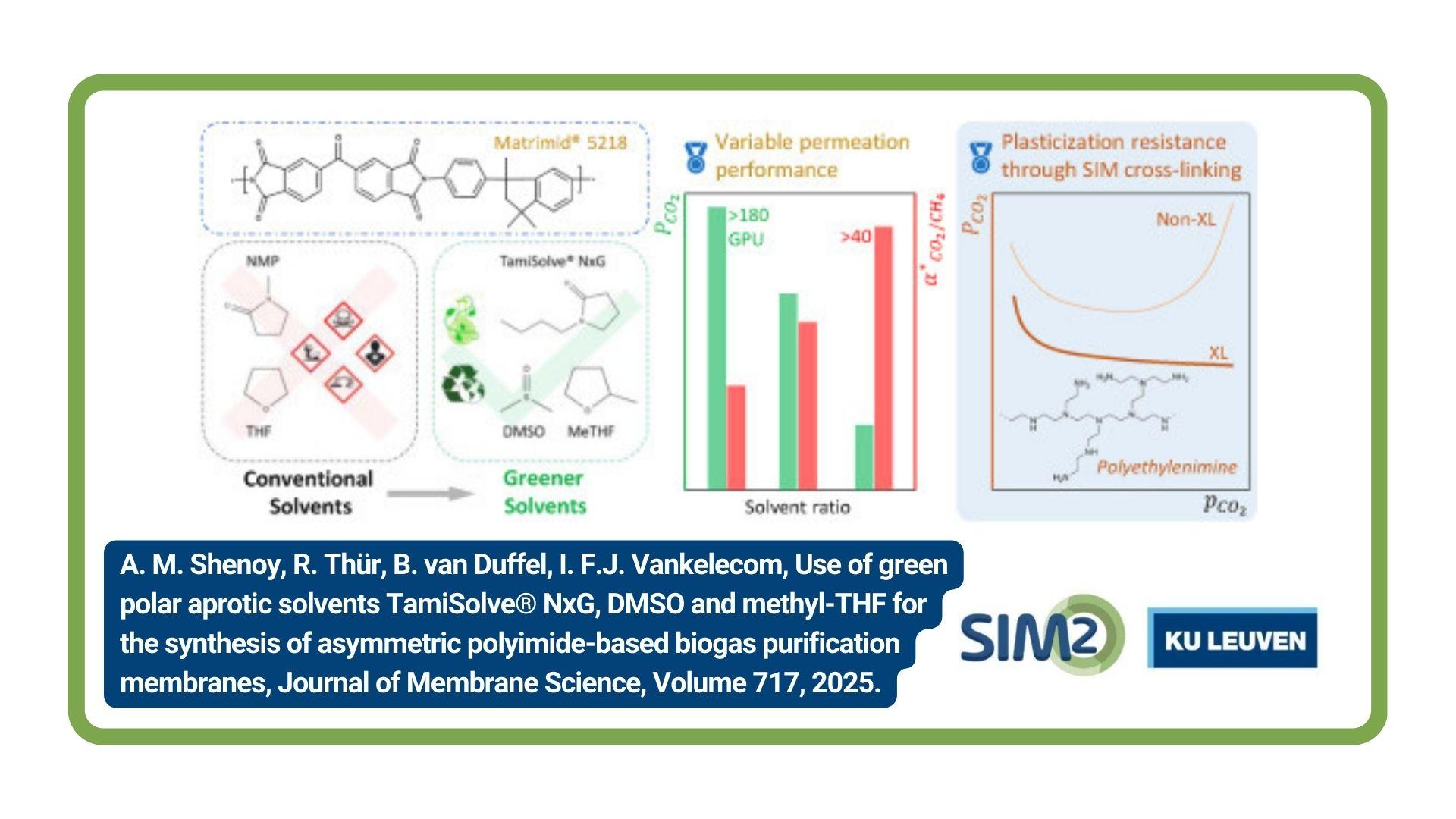SIM² KU Leuven – HiTemp researchers studied the antimony recovery from antimony-rich slag by top-blowing nitrogen into a molten slag bath. The results have been published in the Journal of Cleaner Production. Based on the present study, the kinetics of the antimony trioxide evaporation from slag is discussed, and the evaporation conditions are optimised to increase antimony recovery and product quality.
What is antimony trioxide?
Antimony trioxide (ATO) is the most versatile commercial Sb product and is a prominent additive for halogenated flame retardants in plastics and textiles. It is also a common catalyst in producing polyethylene terephthalate (PET plastic). According to the International Antimony Association, the end-use of Sb in flame retardants accounts for nearly half of the global Sb consumption.
Kinetics of Sb2O3 evaporation from slag
ATO can be produced by the evaporation of Sb2O3 from industrial slag (76.9 wt% Sb2O3), followed by deposition. Slag samples are taken and analysed to identify changes in the Sb2O3 content during evaporation. By fitting the Sb2O3 content evolution of the slag to the calculation according to the integrated rate law, the Sb2O3 evaporation under the present conditions is a second-order reaction with an apparent activation energy of 59 kJ/mol.
The evaporation rate constants and Sb recovery are enhanced by increasing the evaporation temperature and gas flow rate and decreasing lance height. The Sb2O3 evaporation from the slag is mainly controlled by the chemical reaction at the bubble-liquid interface. The mass transfer of Sb2O3 in the liquid film is also a rate-controlling step at a low N2 gas flow rate (< 40 l/h in the present study). The PbO content in the deposited ATO product increases with the evaporation temperature and time. At a temperature below 1200 °C, the PbO content in the product is less than 0.25 wt% (the upper limit specified by International Antimony Association).
Characterisation of the residual slag and the limits of evaporation
At the end of evaporation, the residual slag contains around 38–50 wt% Sb2O3, depending on the evaporation temperatures. The mineral phases in the residual slag include valentinite, antimony, spinel, alumina, (Al, Cr)2O3, CaSb2O6, and amorphous phase. This relatively high Sb2O3 content indicates incomplete Sb recovery by evaporation due to the high slag viscosity or low Sb2O3 activity. A suitable slag system is necessary for the further recovery of Sb2O3 by evaporation.
Full reference of paper
Hongbin Ling, Annelies Malfliet, Zhongfu Cheng, Zhuangzhuang Liu, Bart Blanpain, Muxing Guo, (2022), Antimony recovery from antimony-rich slag by top blowing nitrogen into the molten slag bath, Journal of Cleaner Production, 373, 133766. https://doi.org/10.1016/j.jclepro.2022.133766
Acknowledgments
The authors would like to thank Campine for providing the materials used in this study. Hongbin Ling acknowledges the support of the KU Leuven HITEMP Centre and the China Scholarship Council (CSC, Grant No. 201806370218).





